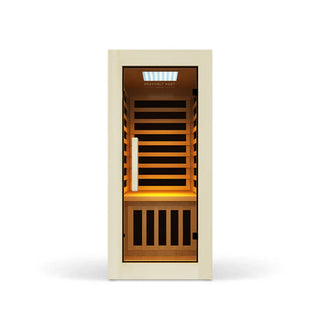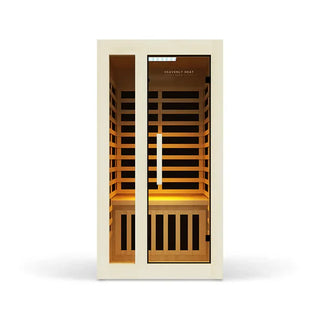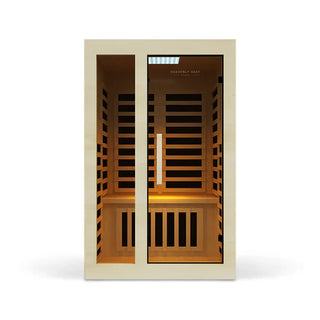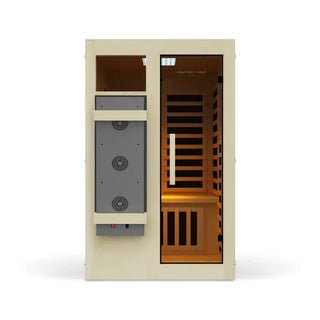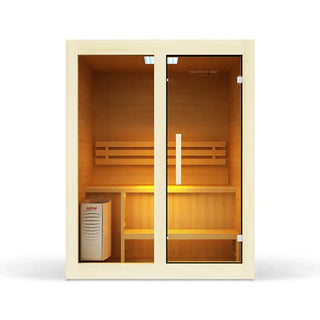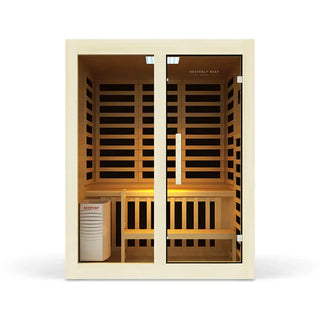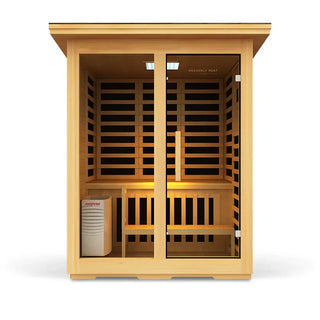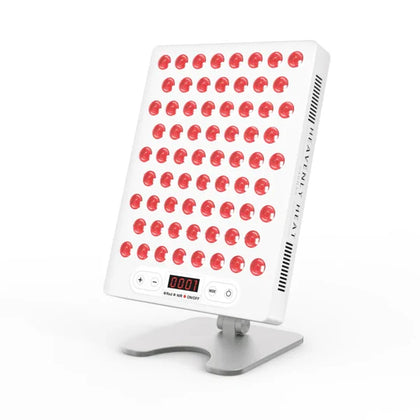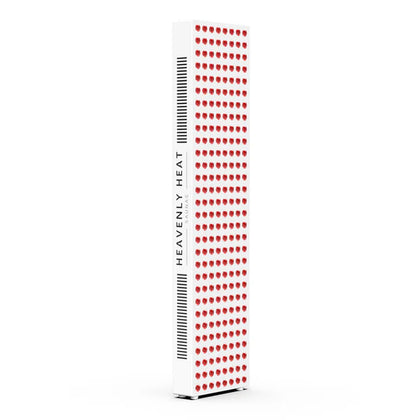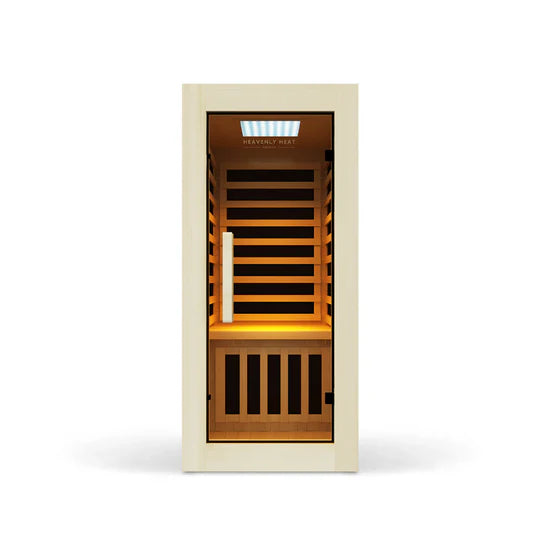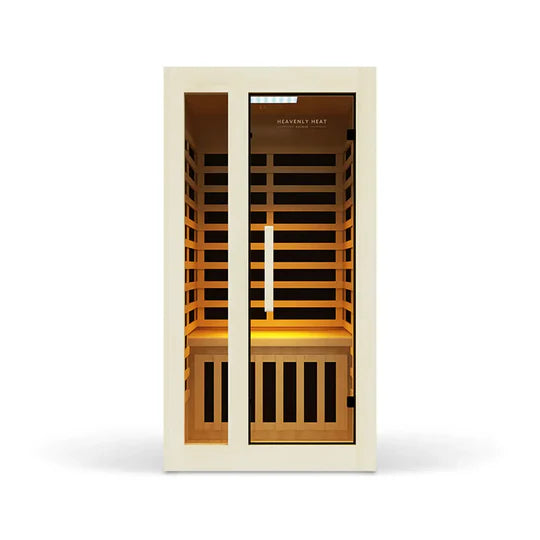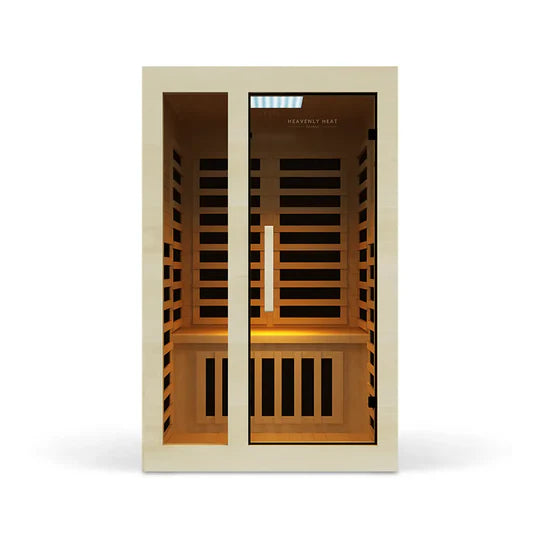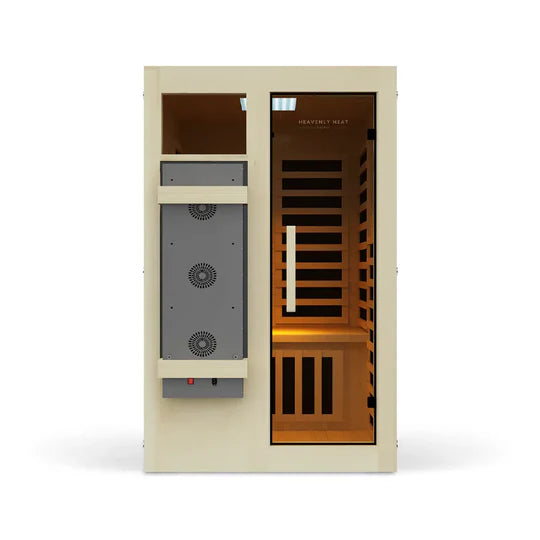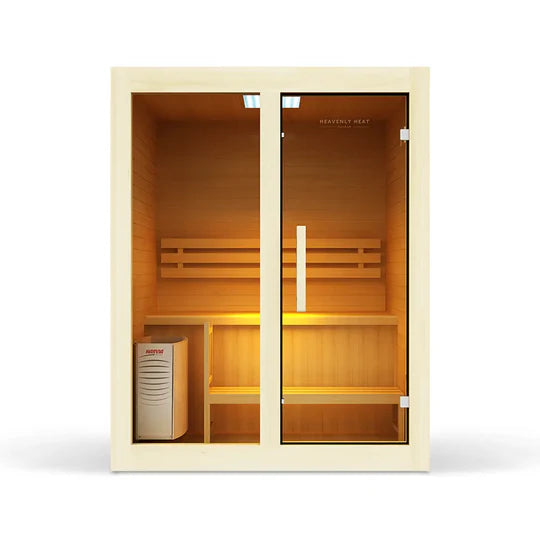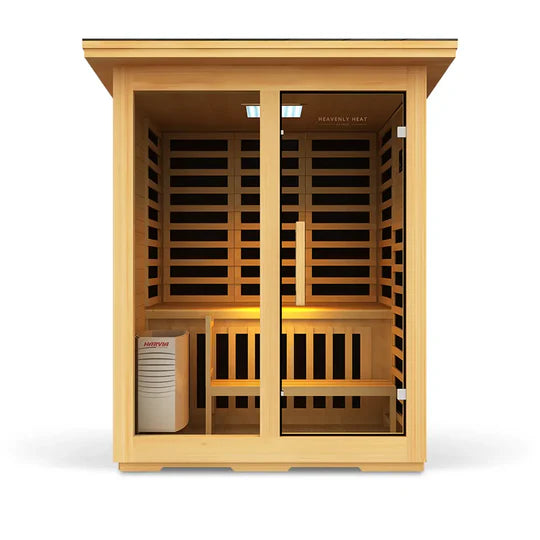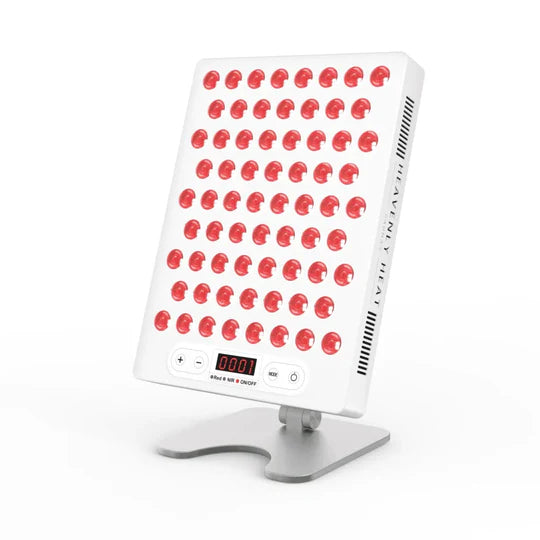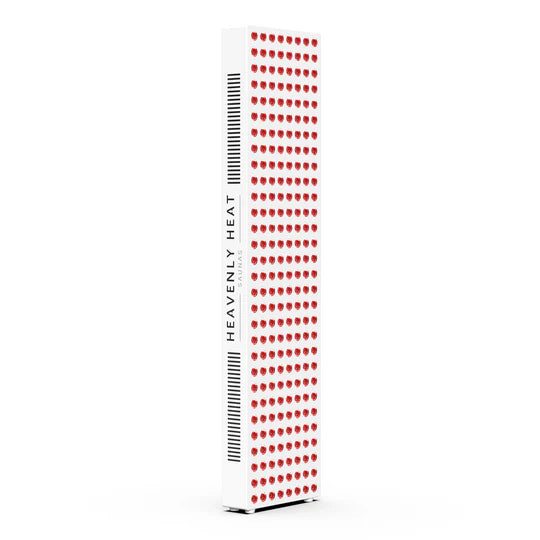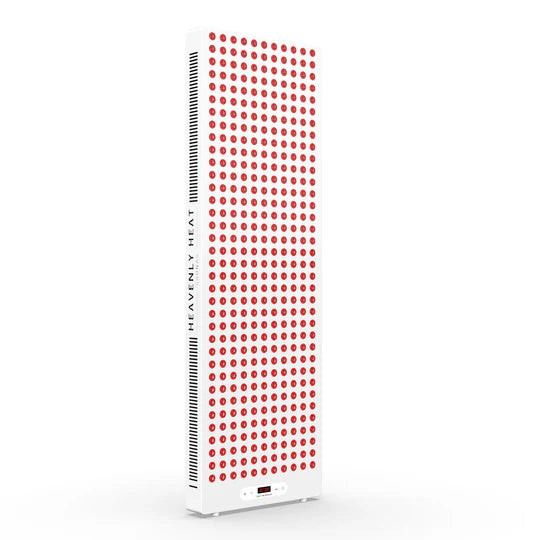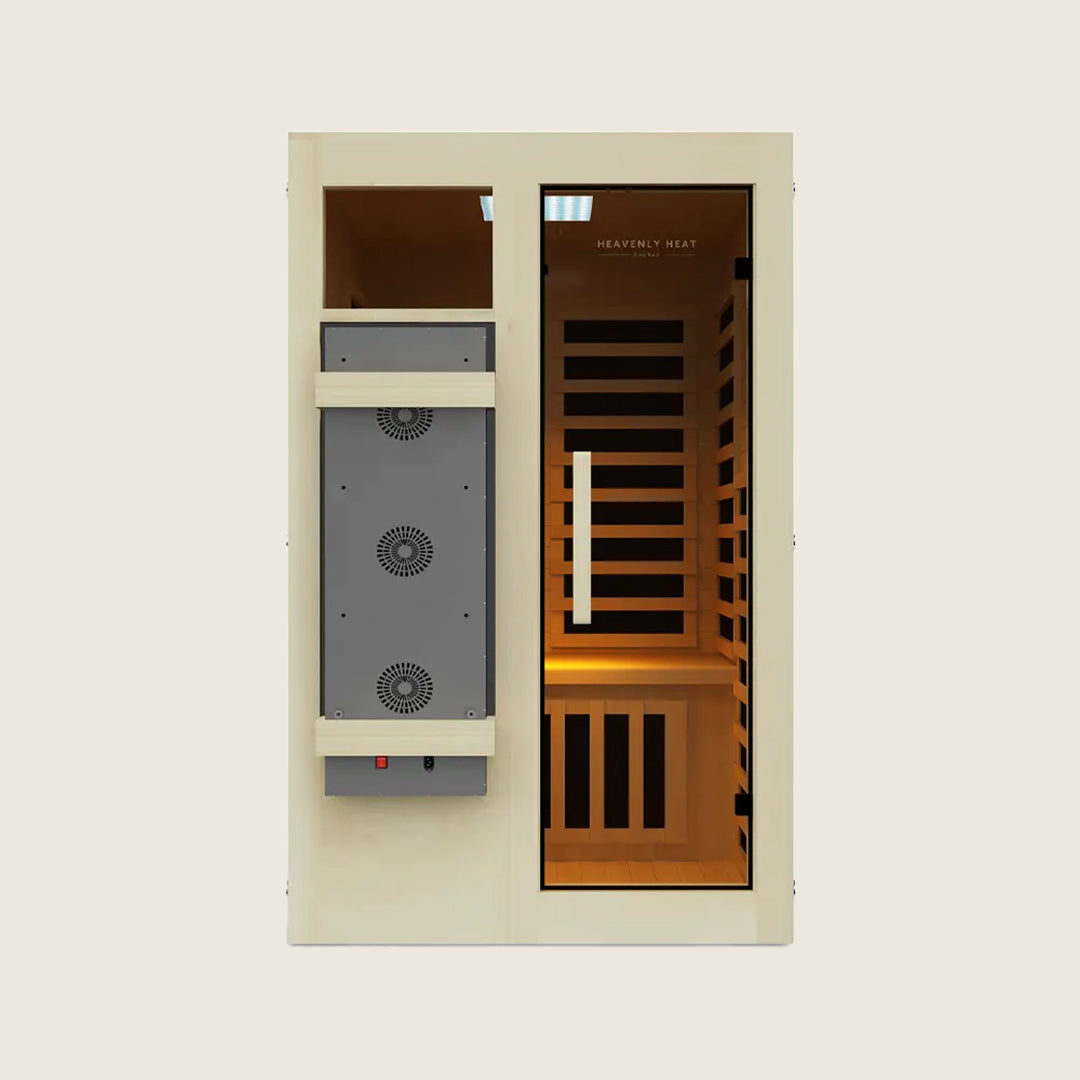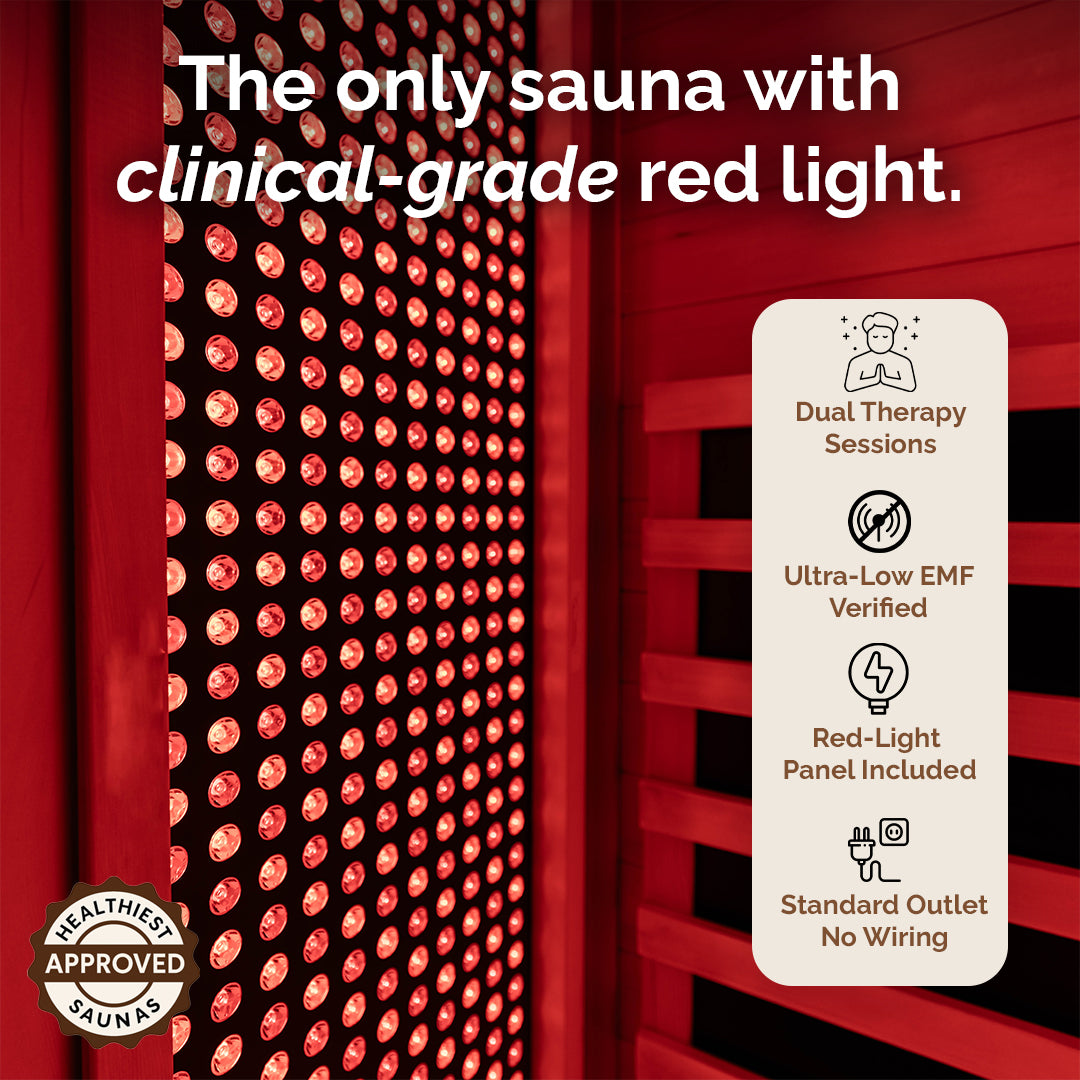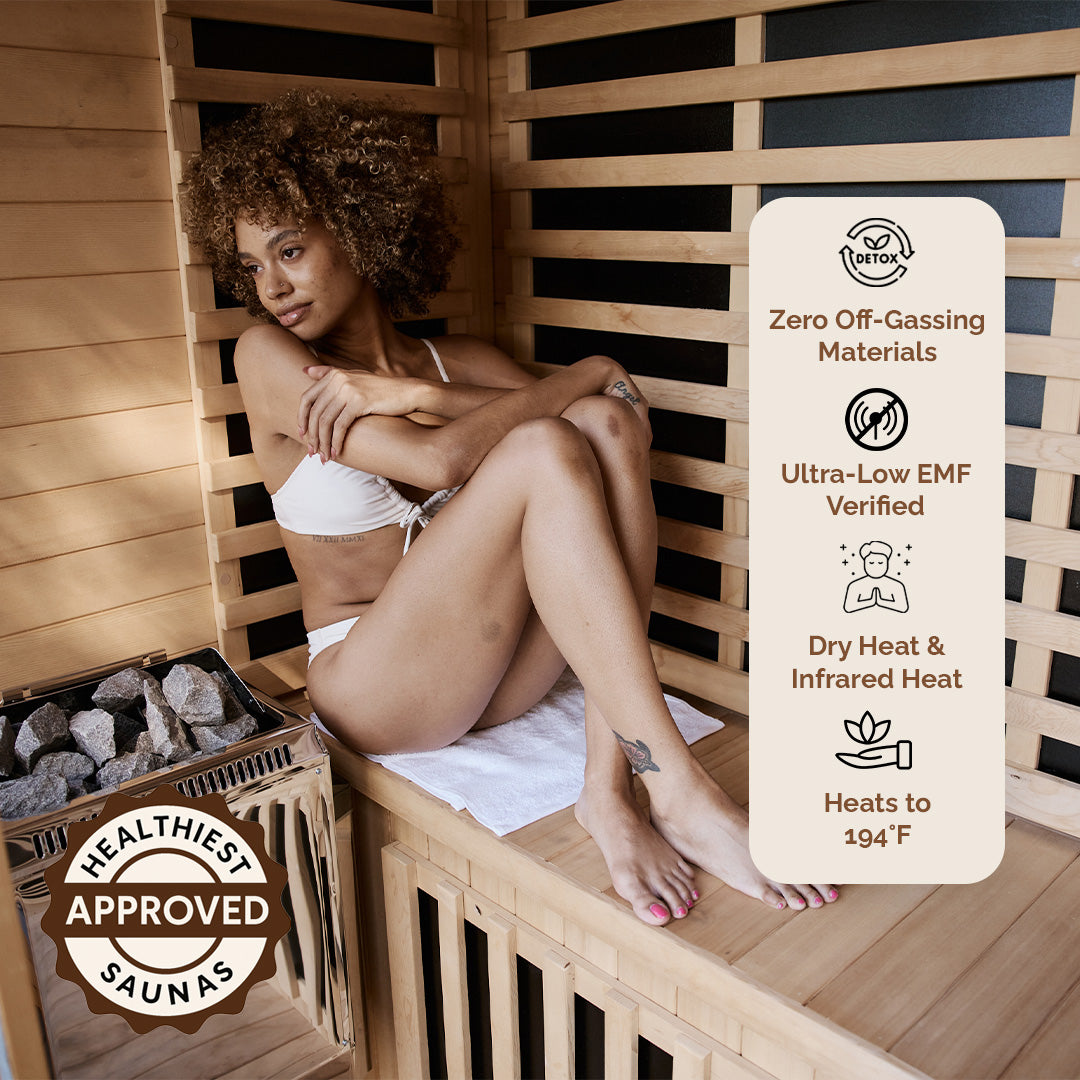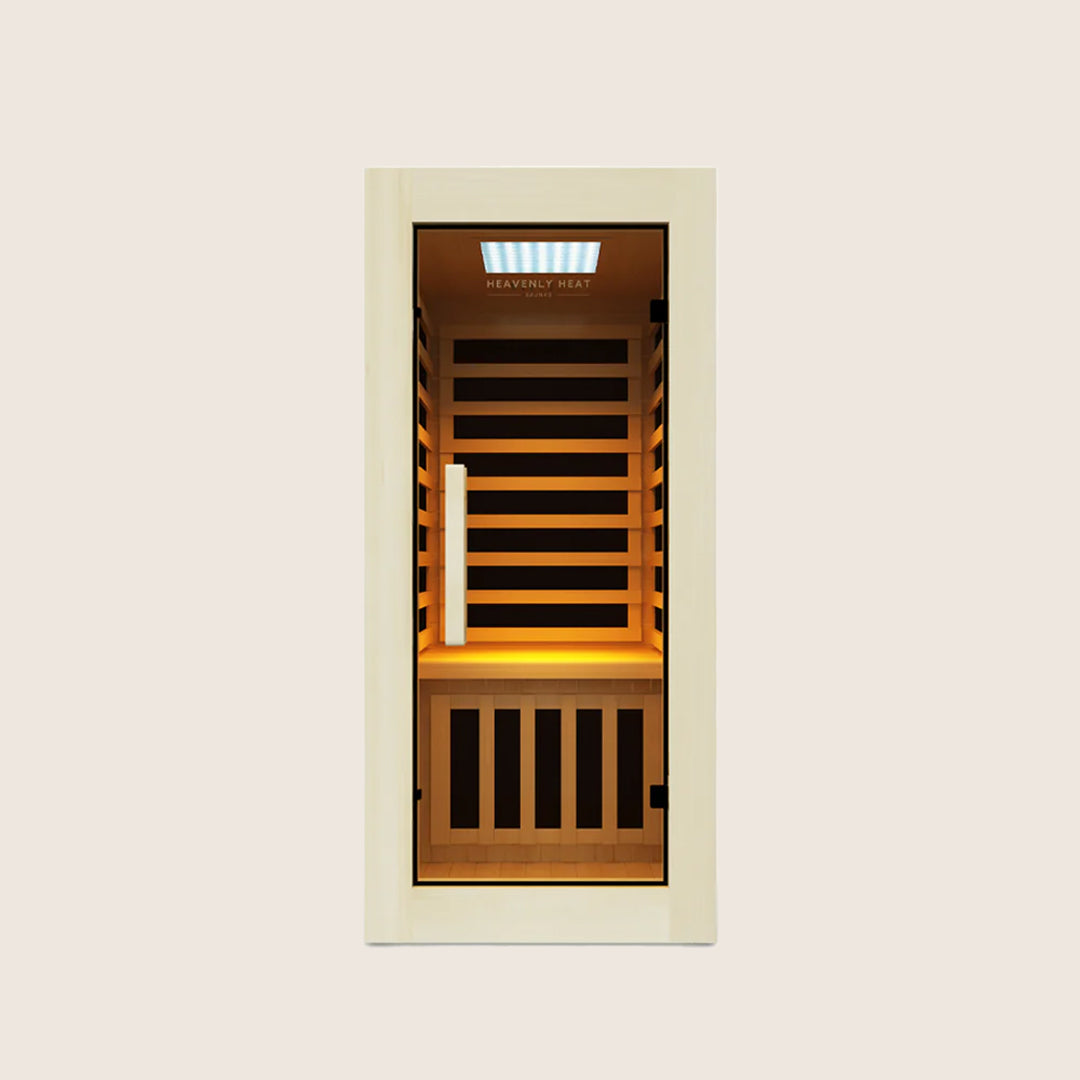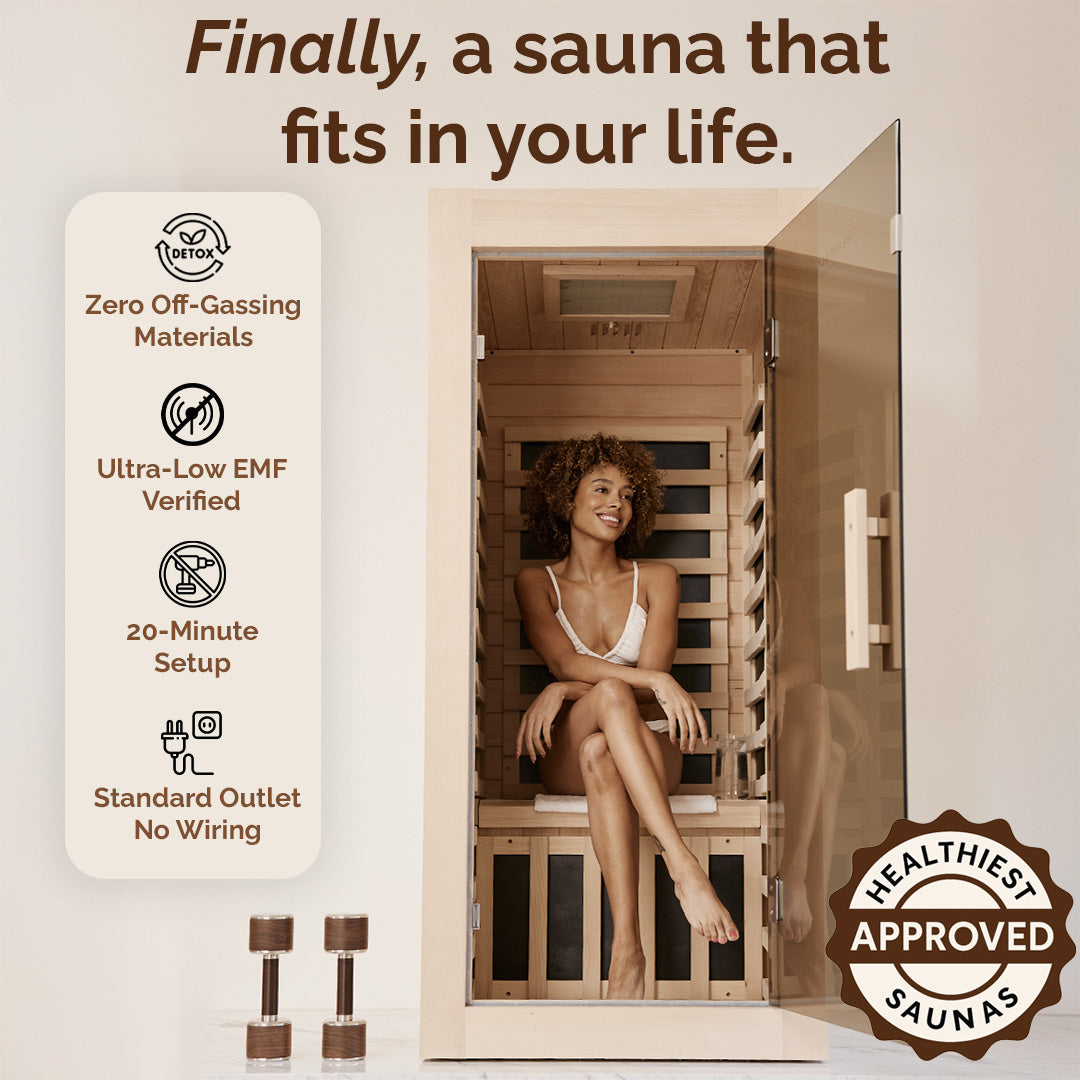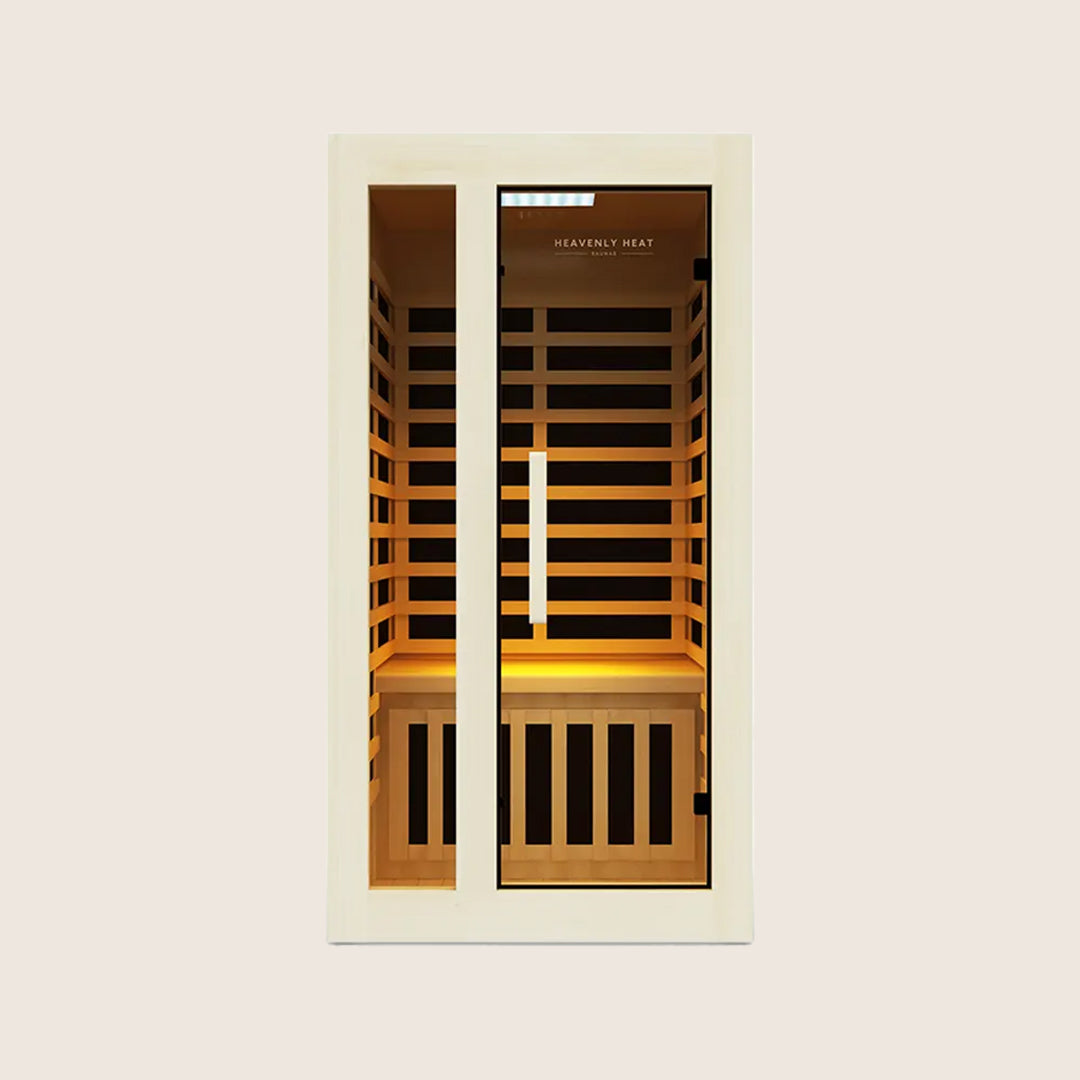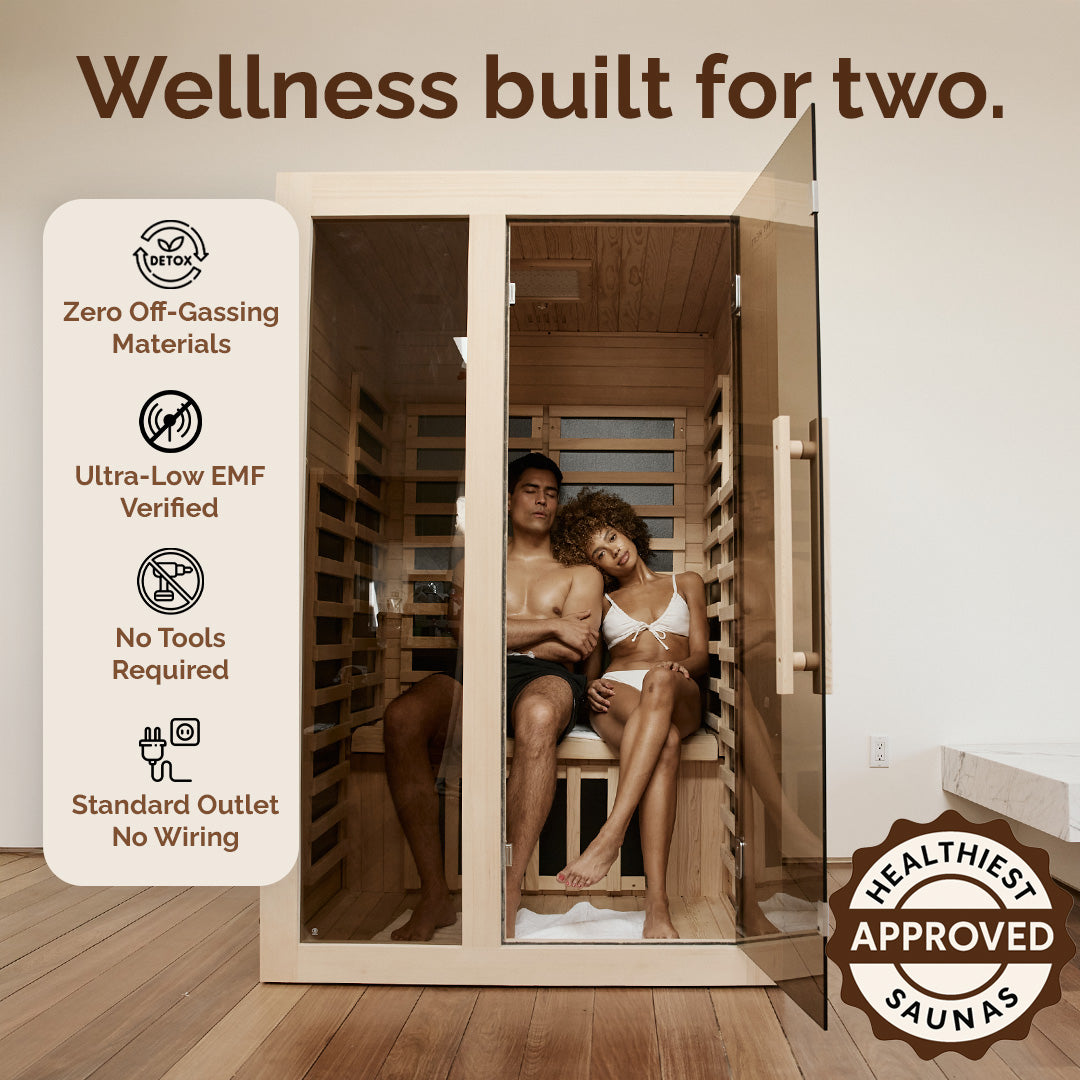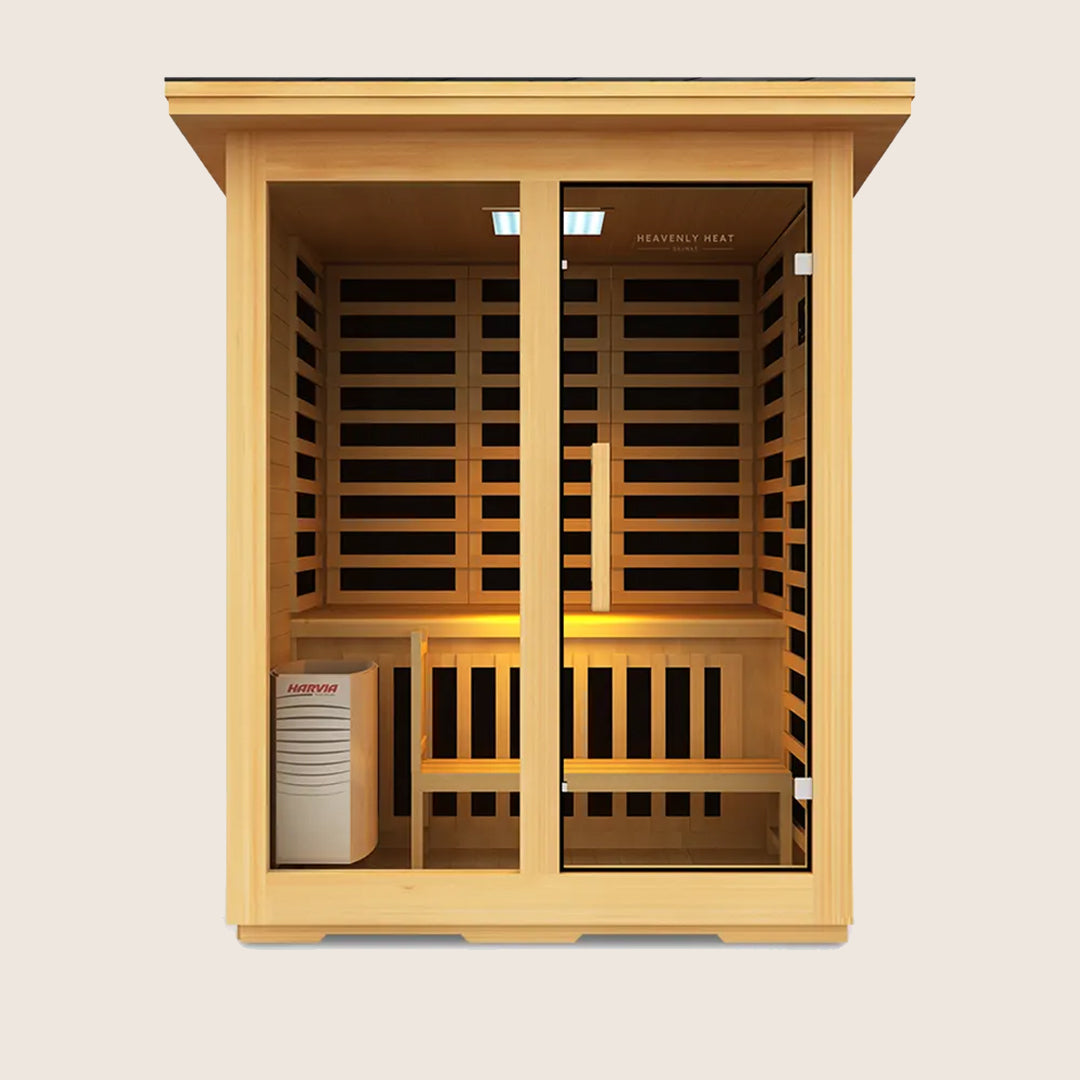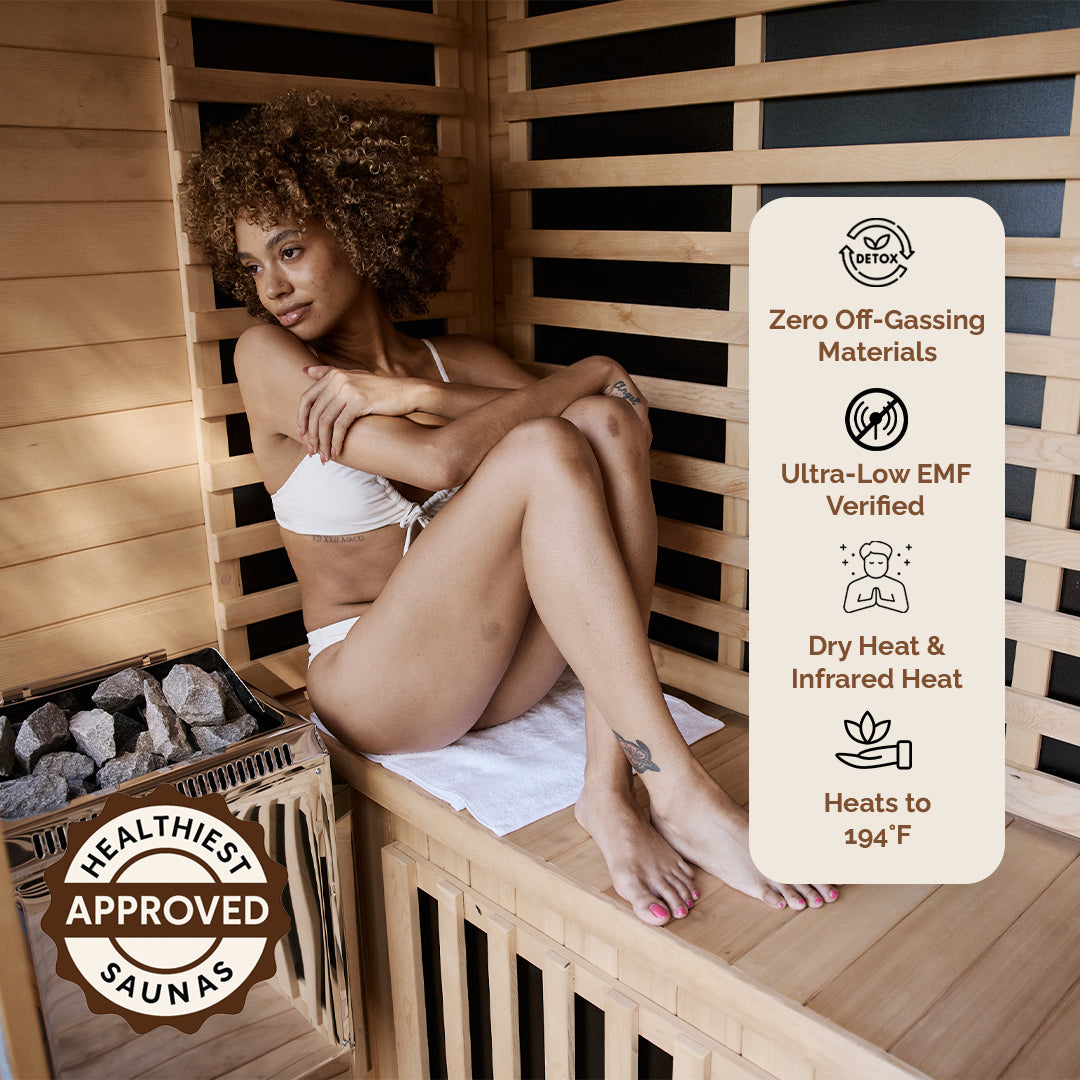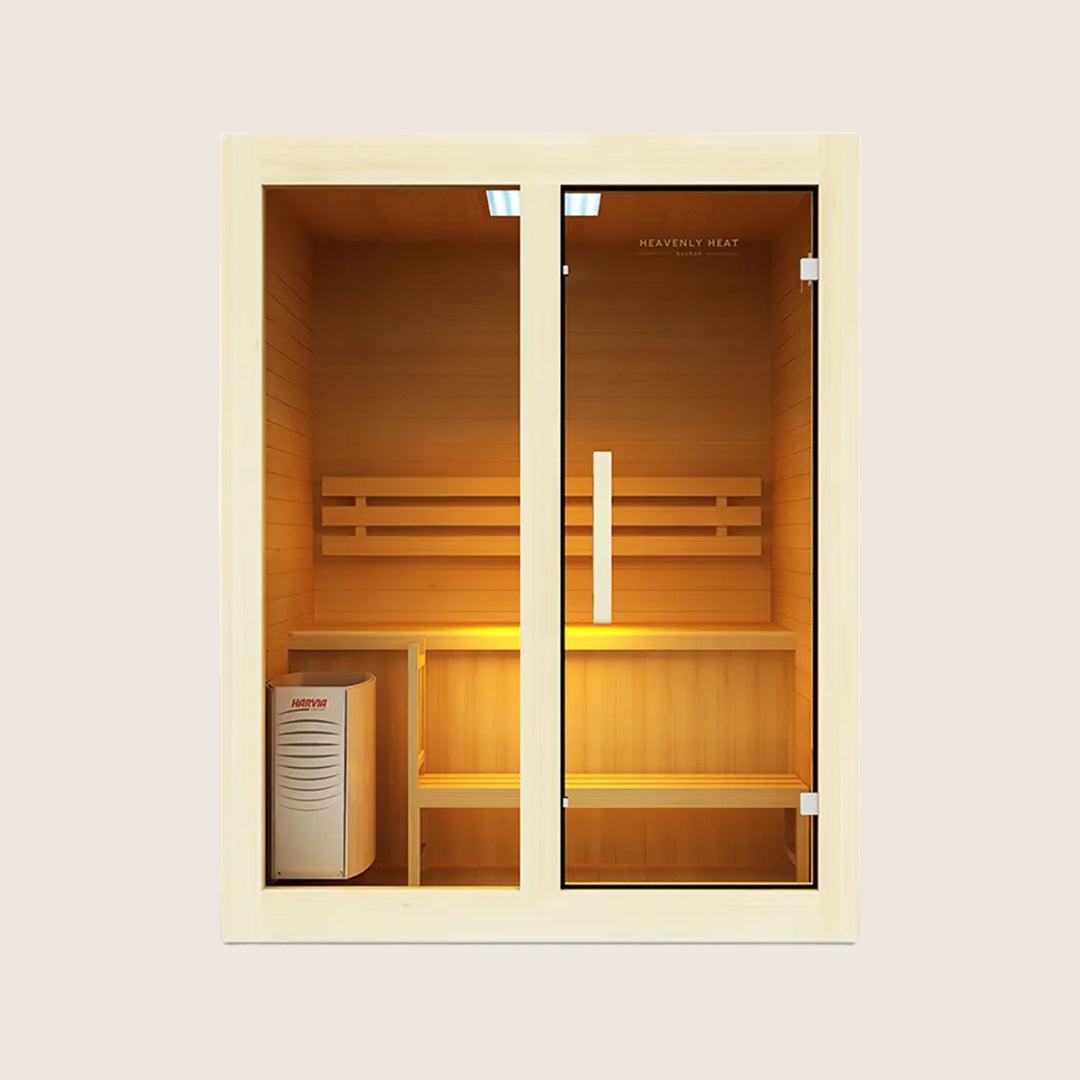Can You Have a Combined Sauna And Steam Room?

Thinking about having both a sauna and steam room but worried about space or cost? You can actually combine them into one unit!
This smart setup gives you the best of both worlds, dry heat and moist steam, right in your home. Keep reading to discover how this combo works and why it’s becoming so popular.
Key Takeaways
You can enjoy both dry sauna and moist steam in one combined unit with proper design and materials.
Combined sauna-steam rooms save space and offer quick, customizable sessions perfect for busy lifestyles.
Alternating between sauna and steam therapies enhances skin health, muscle relaxation, and respiratory benefits.
Always hydrate well, limit your time in each room, and listen to your body to stay safe during use.
People with heart, respiratory, or heat-sensitive conditions, pregnant women, and children should consult a doctor before using combined units.
Can You Have a Combined Sauna and Steam Room?
Yes, a combined sauna and steam room is possible by using separate heating systems within the same space, one providing dry heat for the sauna and another generating moist steam . Careful design and choice of materials are essential to manage moisture, heat, and ensure safety.
Why Combined Sauna-Steam Units Are Gaining Popularity?
Dual Therapeutic Benefits
- Sauna and Steam Heat Work Together to Relax Muscles and Refresh Skin: Dry heat from the sauna loosens muscles and opens pores, while steam’s moist heat hydrates the skin and helps breathing.
- Using Both Sauna and Steam Helps Your Body Sweat Out Toxins Better: Sweating from dry and moist heat combines to detoxify your body more effectively.
- Switching Between Sauna and Steam Supports Blood Flow and Healing: Alternating these therapies improves circulation and helps your body recover while keeping your skin healthy.
Space-Saving and Convenient
Combined units are ideal for smaller homes or spas, fitting compact areas and saving floor space .
They offer user-friendly controls to switch between sauna and steam quickly , providing a sleek, all-in-one wellness solution.
Time Efficiency
These units heat up quickly, allowing you to enjoy both therapies in a short 15-minute session, making them perfect for busy schedules.
Enhanced Customization
Users can adjust temperature and humidity independently, tailoring each session. Some models include smart features like preset programs, app controls, and memory settings for personalized experiences.
Modern Wellness Appeal
With features such as mood lighting and sound systems, combined units blend traditional therapies with modern luxury. Advances in technology have made these units more efficient, affordable, and widely available.
Growing Availability and Innovation
- Combined sauna-steam units are becoming easier to buy and more affordable: In recent years, these units have become easier to find and cost less. More brands now offer many options, giving buyers more choices. Shopping online makes it simple to compare prices and features from home.
- New technology makes sauna-steam units smaller and more energy efficient: Advances in heating and design have made these units more compact and use less energy, making them perfect for home use. Features like energy-saving systems and better humidity controls improve their performance.
- Modern units connect easily with smart home devices: Many combined sauna-steam units now include smart controls that work with home devices, making them easier and more convenient to use. This innovation attracts more wellness fans.
Key Differences Between Saunas and Steam Rooms
Type of Heat and Humidity
Saunas use dry heat (150–195°F) generated by heated stones or electric heaters, creating a low-humidity environment .
Steam rooms operate at cooler temperatures (110–120°F) but with nearly 100% humidity , producing moist heat that feels dense and enveloping .
Materials and Construction Differences
Saunas are primarily built with wood like cedar or pine, which handle dry heat well . Steam rooms require waterproof materials such as tile or glass to withstand constant moisture and prevent damage . Sauna walls breathe slightly ; steam rooms are tightly sealed to trap moisture .
Impact on Skin and Respiratory Health
Saunas may dry out skin but improve circulation and relax muscles. Steam rooms hydrate skin and open airways , beneficial for respiratory conditions. Both provide therapeutic effects but should be used with caution depending on individual sensitivities.
Typical Temperature Ranges and Comfort Levels
- Saunas are hotter but the air is dry: Saunas usually run between 150 and 195 degrees Fahrenheit with dry heat that feels strong but easy to handle.
- Steam rooms are cooler but the air is very humid: Steam rooms stay around 110 to 120 degrees, but the high moisture makes the heat feel heavier and more intense.
- Dry heat feels less sticky, wet heat feels warmer: People who don’t like sticky or moist air often find saunas more comfortable, while steam rooms give a warm, wet feeling.
- Humidity makes heat feel stronger even at lower temperatures: Because dry air lets temperatures get higher without feeling too much, but moist air makes heat feel hotter even when the temperature is lower.
Cultural Origins and Traditional Uses
Saunas originated in Finland as social and cleansing spaces, while steam rooms trace back to ancient Roman bathhouses, emphasizing luxury and health.
Time Required for Optimal Benefits
- Staying 15 to 20 Minutes in a Sauna Helps Sweat and Relax: Spending about 15 to 20 minutes in a sauna helps your body sweat and relax without getting too hot.
- Steam Rooms Require Shorter Time Because Heat Feels Stronger: Because the moist heat in steam rooms feels more intense, it’s best to stay for only 10 to 15 minutes.
- Beginners Should Start with Shorter Sessions to Adjust: If you’re new, keep your sessions short, 5 to 10 minutes, so your body can get used to the heat safely.
- Higher Heat Means Shorter Sauna Sessions and Steam Room Limits: Saunas at higher temperatures need shorter sessions to prevent dehydration, and steam rooms shouldn’t be used for more than 20 minutes to stay safe.
Suitability for Specific Health Conditions
- People with joint pain feel better in dry heat: Saunas are great for those with joint pain or arthritis because the dry heat relaxes muscles and helps reduce stiffness in the body.
- Moist air helps people who have trouble breathing: Steam rooms are useful for people with breathing problems since the steam helps open up the airways and makes it easier to breathe.
- Steam rooms may be risky if you have asthma or high blood pressure: If you have asthma or high blood pressure, steam rooms might not be the best option. The heat and humidity can make breathing harder or put stress on your heart, so it’s better to talk to a doctor first.
- People with diabetes can use saunas but should be careful: Most people with diabetes can safely use saunas, but it’s important to watch how your body reacts and not overdo it.
Tips to Use Sauna and Steam Room Together
Start with a Warm Shower
- A warm shower makes it easier to handle the sauna heat: Warming up your body before entering the sauna or steam room helps you adjust to the heat more comfortably. The sudden jump in temperature won’t feel as harsh if your body is already a little warm.
- Clean skin helps your body sweat better: Washing away dirt and oils clears your pores, so your skin can breathe and sweat more freely. This makes your sauna session more effective and refreshing.
- Five minutes is enough to warm up without getting tired: You don’t need a long shower, about five minutes of warm water is just right. It warms your body gently without making you feel drained before you even start.
- Drying off helps you feel better in the heat: Going in with damp skin can feel sticky and uncomfortable. Pat yourself dry so your sweat works the way it should once you're inside the sauna or steam room.
Begin with the Sauna
- Sitting in the sauna first helps your body relax slowly: Starting with the sauna gives your muscles a chance to relax gradually as the dry heat penetrates deeply. This makes it easier for your body to handle the steam room later.
- Staying in the sauna for 10 to 15 minutes is enough: Spending around 10 to 15 minutes at a moderate temperature (roughly 150°F to 175°F) is enough to warm your body without making you feel tired or uncomfortable.
- Cooling down before the steam room avoids sudden shock: After your sauna time, take a few minutes to cool down. This gives your body time to adjust and prevents the shock of jumping straight into the steam room, making the whole experience more relaxing.
Hydrate Generously
- Drink Water Before You Enter: Make sure to drink a glass of water before you start your sauna or steam room session to prepare your body for sweating.
- Keep Drinking Small Amounts While Inside: Take small sips of water regularly during your time in the heat to stay hydrated and avoid feeling dizzy or sick.
- Drink More When You Feel Thirsty or Dry: After you finish, if you feel thirsty or your mouth is dry, drink water right away to help your body recover.
- Use Drinks That Replace Lost Minerals: Drinking water is good, but also choose drinks with electrolytes to replace salt and minerals lost from sweating.
- Always Keep Drinking Water During Your Spa Time: Make it a habit to drink water regularly, especially if you switch between sauna and steam rooms, to avoid cramps and tiredness.
Limit Time in Each Room
- Keep sauna time around 15 minutes: Too much time in the sauna can cause overheating or feeling very tired, so try to stay only about 15 minutes each time.
- Stay in the steam room for 10 to 15 minutes: Limit your steam room sessions to 10–15 minutes to avoid feeling dizzy or too hot.
- Take breaks when moving between sauna and steam room: Give your body 10 to 15 minutes to rest when switching rooms so you don’t get overheated or stressed.
- Leave the room if you feel dizzy or sick: If you feel dizzy, nauseous, or too hot, exit the sauna or steam room right away to stay safe.
Cool Down Between Sessions
- Cooling down stops your body from getting too hot: Cooling down between sauna and steam room sessions helps your body return to a comfortable temperature and prevents overheating.
- Take 5 to 10 minutes to rest before going back: Spend at least 5 to 10 minutes resting outside the heat to let your body cool off.
- Sitting quietly or drinking water helps you cool down: You can sit quietly, drink water, or take a lukewarm shower to make cooling down easier.
- Avoid very cold showers right after the heat: Cold showers are okay, but don’t use very cold water immediately because it can shock your body.
- Stop and rest until your heartbeat slows down: When your heartbeat slows and you feel refreshed, it means you’re ready to continue.
- Taking breaks keeps your spa visit safe and comfortable: Regular breaks help prevent dizziness or tiredness and make your spa time more relaxing.
End with a Final Cool Down
- Finish by cooling down slowly: After your sauna and steam sessions, take 10 to 15 minutes to relax in a cool place or take a gentle shower to help your body temperature go down gradually.
- Don’t shock your body with sudden cold: Cold showers are good, but avoid jumping into very cold water quickly because it can stress your heart and make you feel dizzy.
- Drink water to stay refreshed: While cooling down, drink plenty of water or a drink with electrolytes to replace what you lost and feel fresh for the rest of your day.
Listen to Your Body
- Your Body Tells You When to Stop: If you feel dizzy, weak, or sick, leave the sauna or steam room right away.
- Stop If You Feel Too Hot or Unwell: Headache, fast heartbeat, or sudden stop of sweating means you need to rest and cool down.
- Take a Break When You Feel Uncomfortable: If you feel restless or uneasy, it’s a sign to pause and relax before continuing.
Who Should Avoid Using a Combined System? (Sauna & Steam Room)?
Individuals with Cardiovascular Conditions
- People with Heart Disease Should Avoid Extreme Heat: The intense heat from saunas and steam rooms can put too much pressure on the heart, increasing the risk of heart attacks in those with heart disease.
- Temperature Changes Can Cause Dangerous Heartbeats: For those with irregular heartbeats (arrhythmia), sudden heat and cold changes can make the heart beat dangerously out of rhythm.
- Heat Makes Heart Failure Worse: People with heart failure may find their symptoms get worse because the heat forces the heart to work harder.
- Combined Heat May Cause Sudden Heart Stopping in High-Risk Patients: For people with serious heart problems, using both sauna and steam rooms can lead to sudden cardiac arrest, which is life-threatening.
- Pacemaker Users Should Only Use These If The Doctor Says It’s Safe: Anyone with a pacemaker must get their doctor’s approval before going into a sauna or steam room to avoid risks.
People with Respiratory Disorders
- Steam rooms’ humidity can trigger asthma attacks: Warm air may help asthma, but the moist steam often makes symptoms worse.
- Thick, moist air in steam rooms makes breathing harder for COPD patients: Steam rooms can strain lungs and increase breathing trouble for people with COPD.
- Saunas and steam rooms can irritate infected or sensitive lungs: Heat and steam may worsen respiratory infections by irritating airways.
- Heat and steam can cause dehydration that worsens breathing problems: Losing fluids from heat and steam can make respiratory symptoms more severe.
Individuals Prone to Dehydration or Heat Sensitivity
- Heat makes dehydration happen faster: People who get dehydrated easily should avoid saunas and steam rooms because the heat causes heavy sweating, which makes you lose fluids quickly. This can lead to dizziness, fainting, and other serious problems.
- Sensitive bodies can’t handle the heat well: If your body is sensitive to heat, using both sauna and steam rooms can be dangerous because your body can’t cool down properly and might overheat.
- Certain health problems make heat more risky: Conditions like multiple sclerosis make people more sensitive to heat, and staying in hot places like saunas or steam rooms for too long can make symptoms worse and increase the risk of dehydration.
Pregnant Women and Young Children
- Pregnant women can get overheated quickly in combined sauna and steam rooms: The high heat in a sauna-steam combo can raise a pregnant woman’s body temperature too much. This might harm the baby or even lead to serious risks like miscarriage or dehydration.
- The heavy steam in these rooms adds more danger for pregnant women: Steam rooms don’t just have heat they have thick humidity too. This makes it even harder for a pregnant woman to cool down, which increases the chances of overheating or feeling faint.
- Children’s bodies can’t handle heat like adults can: Young kids should stay away because their bodies heat up faster. They can’t cool off as easily, and this makes saunas and steam rooms risky for them.
- The heat and steam can quickly cause health problems in kids: Because kids are still growing, the extreme heat and moisture can lead to dehydration or heat stress much faster than in adults. Their smaller bodies make them more vulnerable.
People Taking Certain Medications
- Diuretics make heat exposure dangerous: Some medications like diuretics push your body to lose water quickly. When combined with sauna and steam room heat, this can cause dehydration faster than usual.
- Heart medicines and high heat don’t go well together: If you're on heart medications, exposing your body to both dry and wet heat can interfere with how the medicine works and increase health risks.
- Blood pressure pills can cause dizziness in the heat: Taking blood pressure medications and then using a sauna-steam combo can make your blood pressure drop too low, leading to dizziness or even fainting.
- Blood thinners and hot conditions increase bleeding risk: People using blood thinners should be cautious. Heat boosts blood flow, which can increase the chance of internal or external bleeding.
- It's safer to ask your doctor before using both heat systems: If you're on any kind of medication, checking with your doctor first is the best way to avoid health problems from combined heat exposure.
Individuals with Skin Conditions or Infections
- People with eczema need to be extra careful in heat and steam: People who have eczema can sometimes use saunas or steam rooms, but they should pay close attention to how their skin reacts. The heat and moisture might make their condition worse by triggering flare-ups.
- Warm and damp places can make fungal infections spread faster: If someone has a fungal skin infection, steam rooms and saunas can make it worse. These infections grow quickly in hot, moist air, so it’s safer to stay away until the skin clears up.
- Bacterial infections and open wounds can get worse in these environments: People with bacterial skin infections or open sores should avoid saunas and steam rooms. The heat and steam can help bacteria grow and may spread the infection to others too.
Those with Limited Mobility or Physical Disabilities
- People with limited mobility can get hurt if they can’t leave quickly: Those who have trouble moving may struggle to exit a sauna or steam room fast if they start feeling dizzy or unwell. This delay can lead to falls or other injuries.
- Some physical disabilities make it harder for the body to handle heat: Certain health conditions can mess with how the body controls temperature. This makes sitting in a hot, steamy room more dangerous than it seems.
- Slippery floors and slow reactions can lead to accidents: People with balance issues or slower movements are at higher risk of slipping or falling in a wet, hot environment like a sauna or steam room.
- It’s safer to ask a doctor before using a sauna or steam room: Anyone with physical limitations should talk to a doctor first. This helps make sure it’s safe for them to try a combined system and avoid serious health risks.
FAQs
How does maintenance differ for a combined sauna and steam room compared to separate units?
Combined units require careful waterproofing and maintenance of dual heating systems. Inspect seals, vapor barriers, thermostats, and drains regularly to prevent moisture damage and electrical faults.
Can a combined sauna and steam room be installed in a typical home, or are there special space and ventilation requirements?
Yes, many compact models fit standard bathrooms or shower areas, but require at least 4x4 feet for comfort. Proper ventilation is critical to prevent moisture damage and maintain air quality. Check local building codes for material and installation requirements.
Are there energy consumption differences when using a combined sauna-steam room versus individual units?
Combined units typically consume 15–30% less energy than running two separate units, due to a single heater and efficient insulation. This can lead to cost savings over time.
Can aromatherapy or essential oils be safely used in a combined sauna and steam room setting?
Yes, if you choose heat-stable oils like eucalyptus or peppermint and avoid placing oils directly on hot sauna rocks. Use diffusers or diluted oils on towels, and test for sensitivities.


